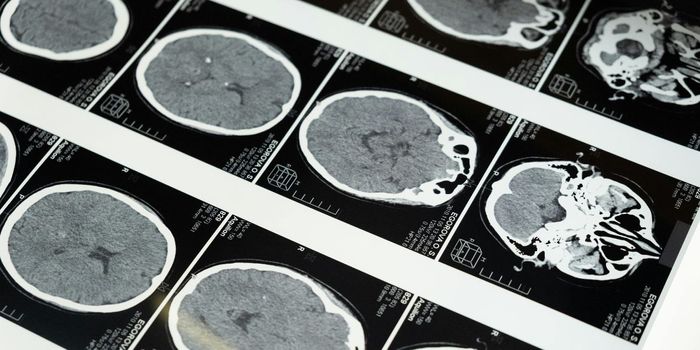Seeing What Stress Does to the Brain
When a person undergoes a stressful event, the effects often last beyond the event itself. Whether it’s a traumatic loss like the death of a parent or child, a violent event or the rigors of combat, the resulting stress can last for years. It’s not a well-understood mechanism in the brain. While many people can experience multiple stressful events and be fine, others might only have one instance of stress and still feel repercussions for years. Some people appear to become resistant to stress such as those who work in stressful jobs like police officers, firefighters and other jobs that involve danger. Post-Traumatic Stress Disorder (PTSD) is considered a mental illness, but new research shows that there is a definite physical component in the brain.
Scientists in India have found that even just one severely stressful event can cause molecular changes in the brain, which lead to other physiological issues, changing the person’s life, sometimes forever. Their most recent work, shows that the actual architecture of the brain can be altered from a single event.
A team of researchers led by Sumantra Chattarji from the National Centre for Biological Sciences (NCBS) and the Institute for Stem Cell Biology and Regenerative Medicine (inStem) in Bangalore published results of their research that shows electrical activity in the brain, specifically in the amygdala, occurs after a stressful event, but is often delayed as much as ten days after the event occurs. The molecule involved is the N-Methyl-D-Aspartate Receptor (NMDA-R), an ion channel protein on nerve cells known to be heavily involved in the brain’s processing of memory.
So what exactly is the amygdala? It’s a small bundle of nerve cells in the brain located deep within the temporal lobe. It’s responsible for some of the brain’s major functions, including memory development, emotional reactions and decision-making. Anything that impacts these nerve cells will naturally show up in the behavior of a person who has undergone trauma, but the work done by Chattarji’s team has shown that the effect of trauma takes about 10 days to show up. Experiments with lab rats who had been stressed showed no immediate changes in the amygdala, but ten days on from the stress the rats began exhibiting anxiety behaviors.
He explained, “We showed that our study system is applicable to PTSD. This delayed effect after a single episode of stress was reminiscent of what happens in PTSD patients. We know that the amygdala is hyperactive in PTSD patients. But no one knows as of now, what is going on in there.”
The investigations undertaken in this research showed changes, but at a microscopic level. The stress actually seems to have re-routed nerve signals and created new synapses, which up until now had not been observed. The study was also unique in that it looked at a single instance of severe stress rather than a pattern of repeated stressors. In addition the study specifically looked at this region in the brain after a delay. Had they stopped when no immediate changes were seen, such as a day or two after the animals had undergone stress, the alterations in the molecular structure would not have been found.
When the team was able to turn off production of the NMDA-R protein, the damage did not occur. It’s hoped that this research will lead to finding a treatment window, during which this protein can be blocked. Hopefully if a way can be found to do that, the changes which produced the PTSD effects can be prevented. Check out the video with more information on this exciting new discovery.
Sources: National Centre for Biological Sciences, Physiological Reports, UPI









